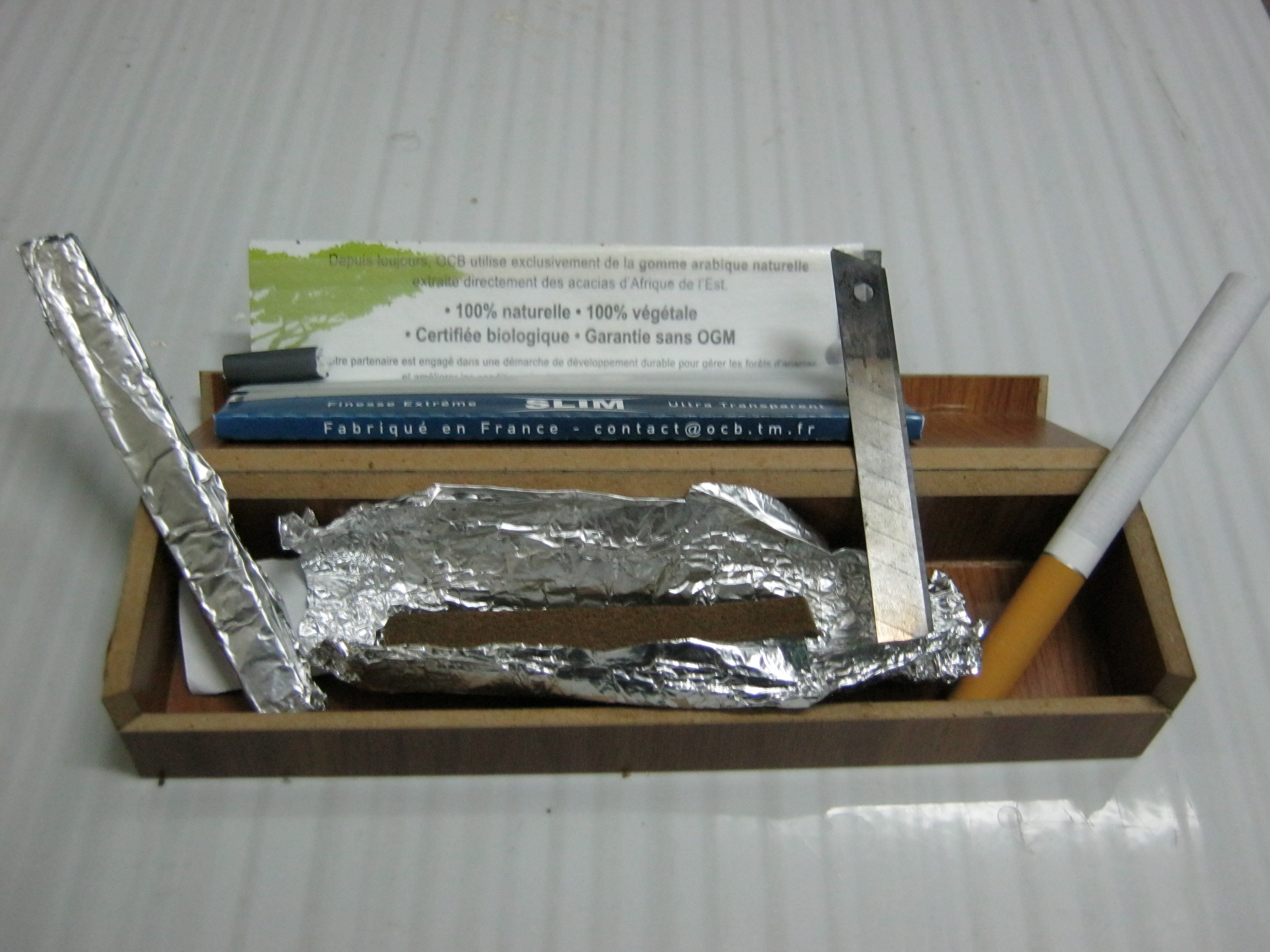Mostafa Waziri, Secretary-General of the Supreme Council of Antiquities, visited on Wednesday the Religious Complex in Old Cairo, to inspect the ongoing restoration works at the Fortress of Babylon and the Amr Ibn Al-Aas Mosque.
He was accompanied during the tour by Osama Talaat, Head of the Islamic, Coptic and Jewish Antiquities Sector of the Supreme Council of Antiquities; Atef Al-Dabbah, Director of the Technical Office of the Secretary-General of the Council; and a number of the sector leaders.
Waziri started his inspection tour by visiting the Babylon Fortress, where he inspected the restoration of its two towers, for which nearly 95% of the necessary maintenance work had been completed.
He also directed that the fortress towers be included in the visit programme of the Religious Complex, in preparation for its opening, which would create an integrated visitation path for Egyptian visitors and tourists, allowing them to visit all the ancient buildings in this unique area, which is a testament to the tolerance that Egypt enjoys, as it includes in its flanks a group of Islamic, Christian and Jewish monuments side by side.
The tour also included an inspection of the ongoing maintenance and upgrading of the mausoleum of Suleiman Pasha al-Fransawi, which is located in Old Cairo, where the lost wall surrounding the mausoleum is being completed, and maintenance work for the metal doors in it is being completed.
For his part, Osama Talaat said that the Babylon Fortress is the remains of the Roman city of Trajan, which was built by the Roman Emperor Trajan in the year 80 AD, and between the two towers of the fortress, there is a gate known as the Gate of Amr, which Amr Ibn Al-Aas allegedly entered through when he conquered the city.



